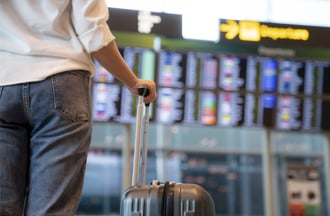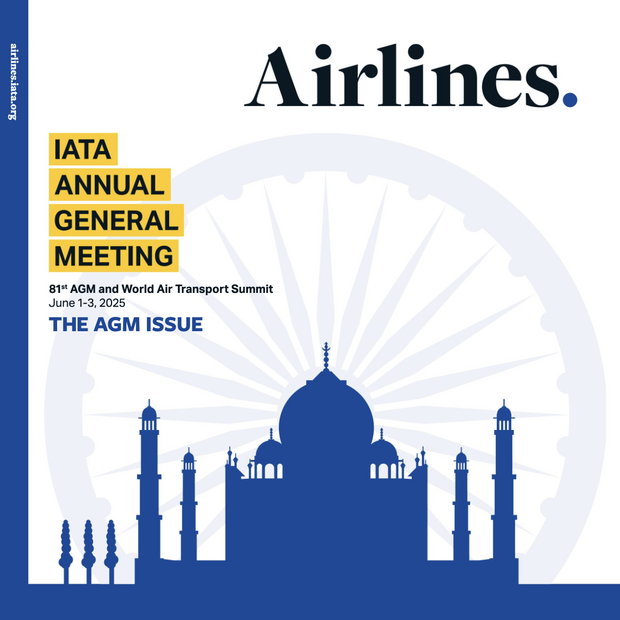
Geneva – The International Air Transport Association (IATA) welcomed the proposals from the European Commission (EC) to better coordinate and communicate on travel restrictions in the European Union (EU) during the COVID-19 pandemic. Key among the proposals are the following:
- Greater predictability with common criteria for introducing COVID-19 measures and advance notice of weekly changes
- Common criteria for measures with a preference for testing over quarantine
- Simplified communication of risk using a color-coded traffic light system
“People want to travel, but the unpredictability in the way that governments are implementing COVID-19 measures is killing demand. The EC’s proposals are an opportunity for Europe to move from lockdown to managing risks by learning to live with the virus. The goals of predictability and clarity are the right ones. People need easy access to the information so that they can plan. They need predictability to know that the rules won’t change overnight. And they need COVID-19 testing to avoid the risk of border restrictions, or the imposition of blanket quarantine measures that make travel impossible and have the same effect on travel demand as border closures. We look forward to working with the EC to refine and implement these measures consistently across its member states,” said Rafael Schvartzman, IATA’s Regional Vice President for Europe.
The EU is proposing to simplify infection rate calculations into four risk categories as follows:
- Green for an area where the total number of newly notified COVID-19 cases is less than 25 per 100,000 people during a 14-day period AND the percentage of positive tests from all COVID-19 tests is less than 3%;
- Orange for an area where the total number of newly notified COVID-19 cases is less than 50/100,000 during a 14-day period BUT the percentage of positive tests from all COVID-19 tests is 3% or more OR the total number of newly notified COVID-19 cases is between 25 and 150 BUT the percentage of positive tests from all COVID-19 tests is less than 3%;
- Red for an area where the total number of newly notified COVID-19 cases is more than 50/100,000 during a 14-day period AND the percentage of positive tests from all COVID-19 tests is 3% or more OR the total number of newly notified COVID-19 cases is more than 150 per 100 000 people during a 14-day period;
- Grey if there is insufficient information available to assess the criteria proposed by the Commission OR the number of COVID-19 tests carried out per 100 000 people is less than 250.
Specifically, the EC is proposing that Member States should not restrict free movement of people traveling from another Member State that comply with specific criteria.
The EC further states that travelers arriving from ‘red’ or ‘grey’ states could be required to undergo a COVID-19 test after arrival or prior to departure, the Commission’s preferred option, with quarantine only imposed as a last resort.
“Beyond simply measuring the spread of COVID-19, it is just as vital that governments agree the measures that should be imposed. Testing, together with robust track-and-tracing, is a much better solution than quarantine. The current patchwork of measures being deployed by governments around Europe makes no sense scientifically, does not encourage public confidence, and is hampering the restart of viable air services,” said Schvartzman.
A successful return of air travel across the EU would help economic recovery, but only a full opening up of international services will preserve the seven million jobs in aviation and the wider European economy which are at risk from the current collapse of air travel. Applying the same common criteria to countries outside the Schengen area would aid the process of re-opening intercontinental borders, and IATA calls on European states to implement this.
“While the suggestions on clarity and harmonization are welcome, the Commission can only recommend, not enforce. We hope that this time, European states will listen, act in coordination, and use this methodology to open up borders to travelers beyond the EU,” said Schvartzman.
For more information, please contact:
Corporate Communications
Tel: +41 22 770 2967
Email: corpcomms@iata.org
Notes for editors:
- IATA (International Air Transport Association) represents some 290 airlines comprising 82% of global air traffic.
- You can follow us at https://twitter.com/iatafor announcements, policy positions, and other useful industry information.

